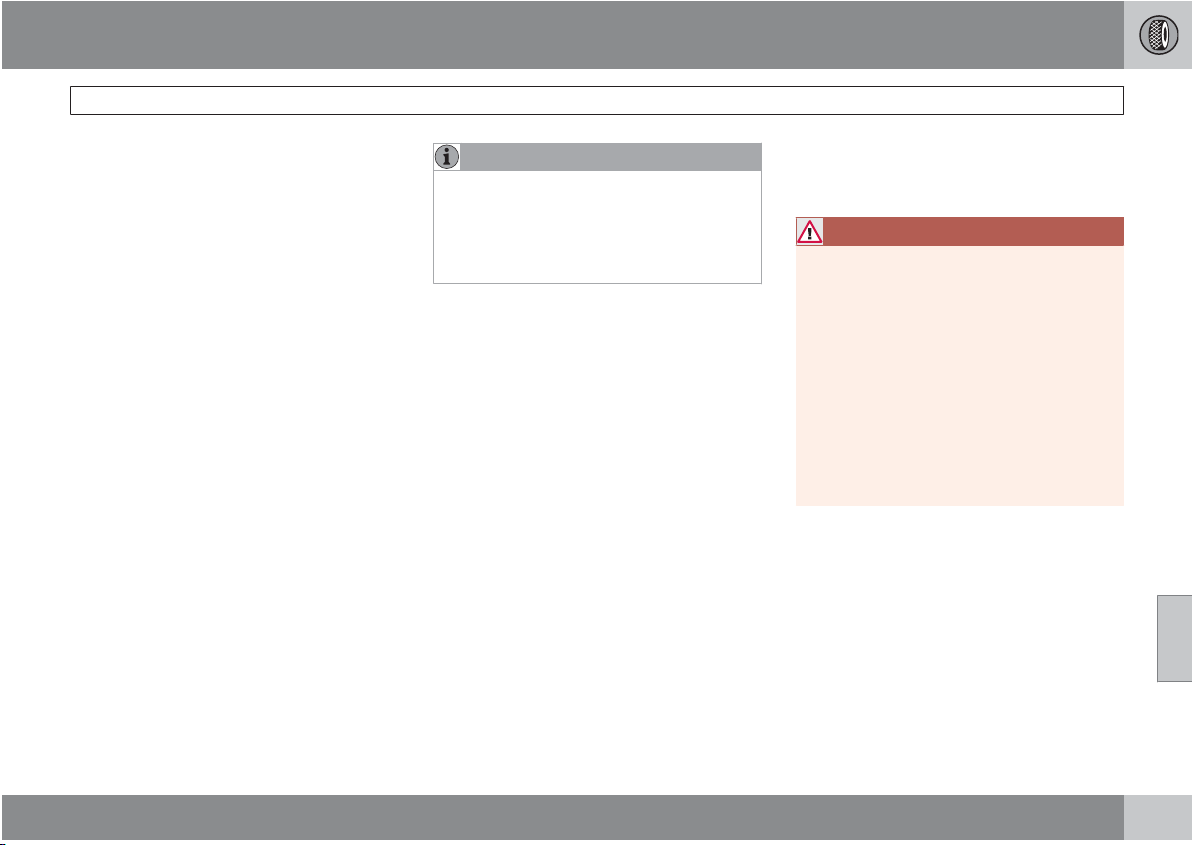Loading ...
Loading ...
Loading ...

07 Wheels and tires
Vehicle loading
07
175
Loading the vehicle
Before loading your vehicle, familiarize yourself
with the following terms for determining your
vehicle's weight ratings, with or without a
trailer, from the vehicle's Federal/Canadian
Motor Vehicle Safety Standards (FMVSS/
CMVSS) label, and the vehicle's tire informa-
tion placard:
Curb weight
The weight of the vehicle including a full tank
of fuel and all standard equipment. It does not
include passengers, cargo, or optional equip-
ment.
Capacity weight
All weight added to the curb weight, including
cargo and optional equipment. When towing,
trailer hitch tongue load is also part of cargo
weight.
Permissible axle weight
The maximum allowable weight that can be
carried by a single axle (front or rear). These
numbers are shown on the Federal/Canadian
Motor Vehicle Safety Standards (FMVSS/
CMVSS) label. The total load on each axle must
never exceed its maximum permissible weight.
Gross vehicle weight (GVW)
The vehicle's curb weight + cargo + passen-
gers.
NOTE
•
The location of the various labels in your
vehicle can be found on page 252.
•
A table listing important weight limits for
your vehicle can be found on page
255.
Steps for Determining Correct Load
Limit
(1) Locate the statement "the combined weight
of occupants and cargo should never exceed
XXX pounds" on your vehicle's placard.
(2) Determine the combined weight of the driver
and passengers that will be riding in your vehi-
cle.
(3) Subtract the combined weight of the driver
and passengers from XXX kilograms or XXX
pounds.
(4) The resulting figure equals the available
amount of cargo and luggage load capacity.
For example, if the "XXX" amount equals
1400 lbs. and there will be five 150 lbs. pas-
sengers in your vehicle, the amount of available
cargo and luggage load capacity is 650 lbs.
(1400–750 (5×150) = 650 lbs.)
(5) Determine the combined weight of luggage
and cargo being loaded on the vehicle. That
weight may not safely exceed the available
cargo and luggage load capacity calculated in
Step 4.
WARNING
•
Exceeding the permissible axle weight,
gross vehicle weight, or any other
weight rating limits can cause tire over-
heating resulting in permanent defor-
mation or catastrophic failure.
•
Do not use replacement tires with lower
load carrying capacities than the tires
that were original equipment on the
vehicle because this will lower the vehi-
cle's GVW rating. Replacement tires
with a higher limit than the originals do
not increase the vehicle's GVW rating
limitations.
Loading ...
Loading ...
Loading ...